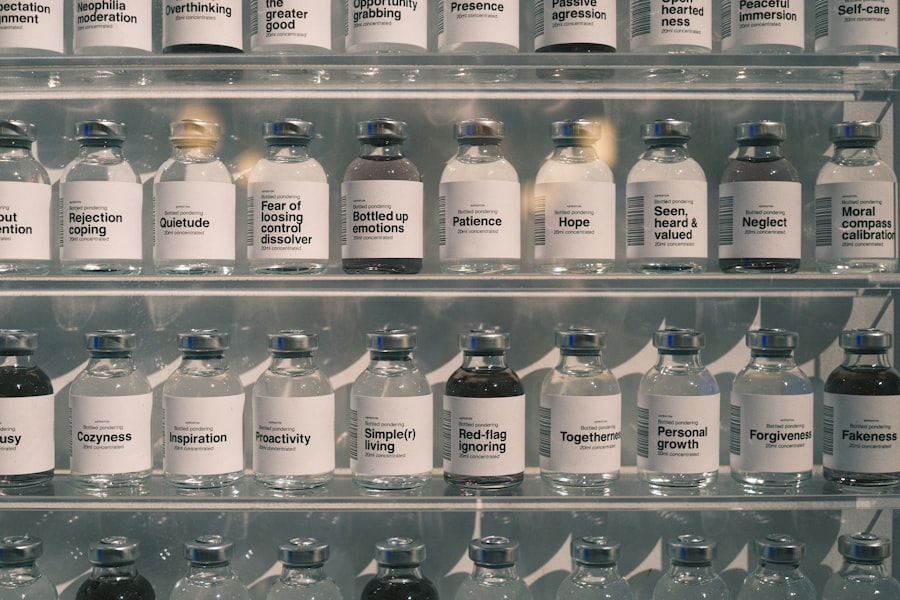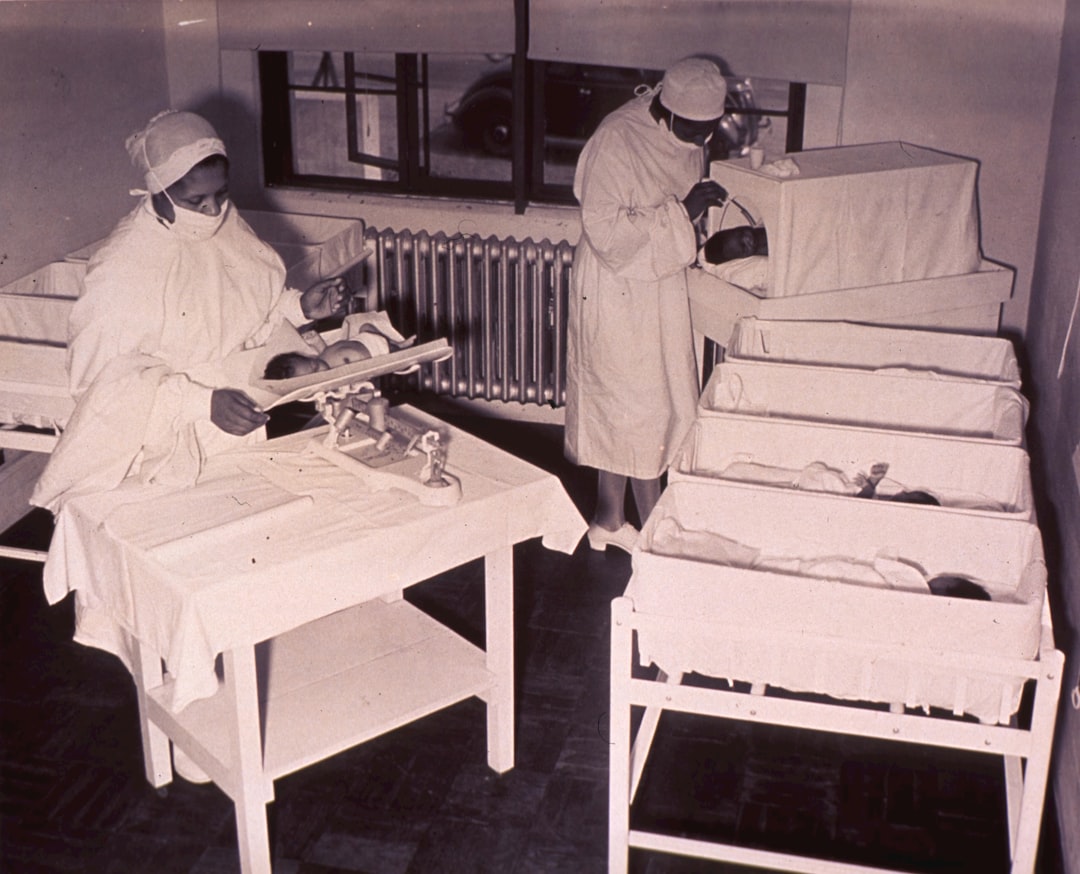You may find it fascinating to learn that the discovery of penicillin was a serendipitous event that changed the course of medicine forever. In 1928, Alexander Fleming, a Scottish bacteriologist, returned from a vacation to find that a petri dish he had left uncovered was contaminated with mold. Upon closer inspection, he noticed that the bacteria surrounding the mold had been destroyed.
This mold was later identified as Penicillium notatum, and Fleming realized that it produced a substance capable of killing bacteria. This groundbreaking discovery laid the foundation for the development of antibiotics, which would revolutionize the treatment of bacterial infections. Fleming’s initial findings were met with skepticism and took years to gain traction in the medical community.
It wasn’t until the late 1930s and early 1940s that scientists Howard Florey and Ernst Boris Chain began to explore the potential of penicillin as a therapeutic agent. They conducted experiments that demonstrated its effectiveness in treating infections, paving the way for its eventual mass production. The journey from a simple observation in a laboratory to a life-saving drug was fraught with challenges, but it marked the beginning of a new era in medicine.
Key Takeaways
- Penicillin was discovered by Alexander Fleming in 1928, revolutionizing the treatment of bacterial infections.
- The demand for penicillin skyrocketed during World War II, leading to mass production efforts to meet the needs of the military.
- The race to mass produce penicillin was a collaborative effort involving government, industry, and academia.
- Overcoming challenges in mass production included developing new fermentation techniques and scaling up production facilities.
- Penicillin played a crucial role in saving countless lives on the battlefield, significantly impacting the outcome of World War II.
The Impact of World War II on the Demand for Penicillin
As World War II erupted, the need for effective medical treatments became more urgent than ever. The war brought about unprecedented injuries and infections among soldiers, leading to a surge in demand for penicillin. You can imagine the chaos on the battlefield, where wounds became infected and untreated infections could lead to amputation or death.
The medical community recognized that penicillin could be a game-changer in treating these infections, and its potential was quickly realized. The wartime environment created an urgent need for rapid advancements in medical technology and pharmaceuticals. Governments and military organizations began to invest heavily in research and development to ensure that penicillin could be produced in sufficient quantities to meet the needs of soldiers.
This demand not only accelerated research efforts but also fostered collaboration between scientists, pharmaceutical companies, and military officials. The race to harness penicillin’s potential became a priority, as it was seen as a crucial tool in saving lives during the war.
The Race to Mass Produce Penicillin

With the war intensifying, you can sense the urgency that surrounded the race to mass-produce penicillin. Scientists and pharmaceutical companies faced immense pressure to develop methods for large-scale production. Initially, penicillin was extracted from mold cultures in small quantities, which was insufficient to meet the growing demand.
The collaboration between academia and industry played a pivotal role in this race. You might be surprised to learn that American pharmaceutical companies, such as Pfizer and Merck, joined forces with researchers from universities to develop efficient production methods.
By utilizing deep-tank fermentation processes, they were able to significantly increase the output of penicillin. This collaborative effort not only showcased the power of teamwork but also highlighted how necessity can drive innovation in times of crisis.
Overcoming Challenges in Mass Production
| Challenges | Metrics |
|---|---|
| Quality Control | Defect Rate, Rework Percentage |
| Production Efficiency | Production Yield, Cycle Time |
| Supply Chain Management | Lead Time, Inventory Turnover |
| Cost Management | Cost per Unit, Overhead Costs |
| Worker Safety | Incident Rate, Near Misses |
Despite the progress made in mass production techniques, you should know that numerous challenges remained. One of the primary obstacles was the need for a reliable supply of raw materials for fermentation. The production of penicillin required specific nutrients and conditions, which were not always readily available during wartime.
Additionally, maintaining consistent quality and potency in large batches proved to be a significant hurdle. To address these challenges, researchers had to innovate continuously. They explored alternative sources of Penicillium and experimented with different growth mediums to enhance production efficiency.
You might find it interesting that some scientists even turned to agricultural byproducts as potential nutrients for fermentation processes. These creative solutions not only helped overcome immediate obstacles but also laid the groundwork for future advancements in antibiotic production.
The Role of Penicillin in Saving Lives on the Battlefield
As penicillin became more widely available during World War II, its impact on saving lives on the battlefield became increasingly evident. You can imagine how soldiers who had previously faced grim prospects due to infected wounds now had access to a powerful antibiotic that could turn their fate around. Penicillin significantly reduced mortality rates from infections, allowing many soldiers to return home rather than succumb to preventable illnesses.
The stories of soldiers who benefited from penicillin are both heartwarming and sobering. You may recall accounts of individuals who were on the brink of death due to severe infections but experienced miraculous recoveries after receiving penicillin treatment. This newfound ability to treat infections not only saved lives but also boosted morale among troops, knowing that they had access to effective medical care even in the most challenging circumstances.
Penicillin’s Impact on the Outcome of World War II

The influence of penicillin extended beyond individual lives; it played a crucial role in shaping the outcome of World War II itself. You might consider how an army’s strength is not solely determined by its numbers but also by its ability to maintain the health and well-being of its soldiers. With penicillin at their disposal, Allied forces were better equipped to treat infections and keep their troops combat-ready.
The ability to effectively manage infections allowed armies to maintain their fighting strength and reduce casualties significantly. You can appreciate how this shift in medical treatment contributed to strategic advantages on the battlefield. As soldiers returned to duty after recovering from infections, their contributions became vital in turning the tide of war in favor of the Allies.
The Legacy of Mass Producing Penicillin in WWII
The legacy of mass-producing penicillin during World War II is profound and far-reaching. You may recognize that this achievement not only saved countless lives during the war but also set a precedent for future pharmaceutical advancements. The collaboration between scientists, industry leaders, and military officials demonstrated how collective efforts could lead to groundbreaking innovations in medicine.
In the years following the war, penicillin became widely available for civilian use, transforming healthcare practices around the world. You might reflect on how this shift marked a turning point in public health, as bacterial infections that once claimed lives could now be treated effectively. The legacy of penicillin extends beyond its immediate impact; it laid the groundwork for the development of other antibiotics and established a framework for future research into infectious diseases.
The Development of Antibiotic Resistance
While penicillin’s introduction marked a significant milestone in medicine, it also ushered in new challenges, particularly concerning antibiotic resistance. You may be aware that over time, bacteria have evolved mechanisms to resist antibiotics, rendering some treatments less effective or even ineffective. This phenomenon is particularly concerning as it poses a threat to public health worldwide.
The misuse and overuse of antibiotics have accelerated this problem, leading to strains of bacteria that are resistant to multiple drugs. You might find it alarming that common infections that were once easily treatable with penicillin are now becoming increasingly difficult to manage due to antibiotic resistance. This ongoing battle between medical advancements and bacterial evolution underscores the importance of responsible antibiotic use and ongoing research into new treatments.
The Continued Importance of Antibiotics in Modern Warfare
In modern warfare, antibiotics remain an essential component of military medicine. You can appreciate how advancements in medical technology have improved battlefield care, but antibiotics continue to play a critical role in treating infections among soldiers deployed in combat zones. The nature of warfare has evolved, but the need for effective medical interventions remains constant.
Military medical teams are trained to respond quickly to injuries and infections, often utilizing antibiotics as part of their treatment protocols. You might consider how access to antibiotics can mean the difference between life and death for soldiers facing traumatic injuries or infections while serving in hostile environments. The lessons learned from World War II regarding antibiotic use continue to inform military medical practices today.
Ethical Considerations in Mass Producing Antibiotics
As you delve into the topic of mass-producing antibiotics, it’s essential to consider the ethical implications surrounding this practice. The urgency created by wartime conditions led to rapid advancements in antibiotic production, but it also raised questions about equitable access and distribution. You may ponder how these ethical considerations remain relevant today as we navigate global health challenges.
The prioritization of antibiotic production during World War II highlighted disparities in access to life-saving medications. You might reflect on how these issues persist today, particularly in low-income countries where access to antibiotics can be limited due to economic constraints or lack of infrastructure. Addressing these ethical concerns requires a commitment from governments, pharmaceutical companies, and healthcare organizations to ensure that all individuals have access to essential medications.
The Future of Antibiotic Development and Mass Production
Looking ahead, you may wonder what the future holds for antibiotic development and mass production. As antibiotic resistance continues to pose significant challenges, researchers are exploring innovative approaches to combat resistant bacteria and develop new classes of antibiotics. You might find it encouraging that advancements in biotechnology and genomics are paving the way for novel treatments that could address current limitations.
Moreover, you should consider how collaboration between governments, academia, and industry will be crucial in shaping the future landscape of antibiotic development. By fostering partnerships and investing in research initiatives, we can work towards sustainable solutions that ensure effective treatments remain available for generations to come. The legacy of penicillin serves as both an inspiration and a reminder of our responsibility to safeguard public health through continued innovation and ethical practices in antibiotic production.
In conclusion, your exploration of penicillin’s discovery, its impact during World War II, and its ongoing relevance highlights both triumphs and challenges within modern medicine. As you reflect on this journey from laboratory discovery to battlefield necessity, you can appreciate how far we’ve come while recognizing the work still needed to ensure effective treatments for all individuals facing bacterial infections today and into the future.
During World War II, the mass production of penicillin became a crucial development in medical history, significantly reducing the number of deaths and infections among soldiers. The urgency of the war effort accelerated the research and production processes, leading to the widespread availability of this life-saving antibiotic. For more insights into the historical context and impact of penicillin during the war, you can read a related article on the topic by visiting
